
The Galgo Español, or Spanish Greyhound, is an ancient breed of dog, specifically a member of the sighthound family. The English greyhound is possibly a descendant of the Spanish greyhound and, for several years in the 20th century, some breeders did cross - breed Galgos and Greyhounds in order to produce faster and more powerful Galgos, specifically for track racing purposes.

Game or quarry is any wild animal hunted for animal products, for recreation ("sporting"), or for trophies. The species of animals hunted as game varies in different parts of the world and by different local jurisdictions, though most are terrestrial mammals and birds. Fish caught non-commercially are also referred to as game fish.
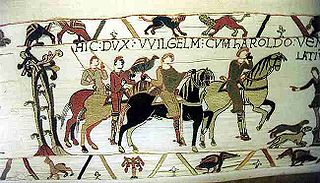
Royal hunting, also royal art of hunting, was a hunting practice of the aristocracy throughout the known world in the Middle Ages, from Europe to Far East. While humans hunted wild animals since time immemorial, and all classes engaged in hunting as an important source of food and at times the principal source of nutrition, the necessity of hunting was transformed into a stylized pastime of the aristocracy. More than a pastime,l interaction, essential training for war, and a privilege and measurement of nobility. In Europe in the High Middle Ages the practice was widespread.
Hunting strategy or hunting method is any specific techniques or tactics that are used to target, pursue, and hunt an animal. The term mostly applies to humans catching and killing wild animals, but can also be used in ethology and nature documentaries to describe predation strategies adopted by carnivores.

The Iberian wolf, is a subspecies of grey wolf. It inhabits the northwest of the Iberian Peninsula, which includes northwestern Spain and northern Portugal. It is home to 2,200-2,700 wolves which have been isolated from mixing with other wolf populations for over a century. They form the largest wolf population in Western Europe.

Big-game hunting is the hunting of large game animals for trophies, taxidermy, meat, and commercially valuable animal by-products. The term is often associated with the hunting of Africa's "Big Five" games, and Indian rhinoceros and Bengal tigers on the Indian subcontinent.
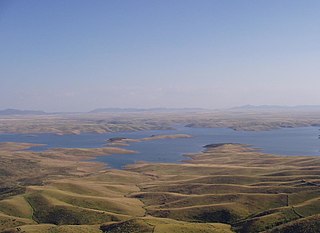
La Siberia is a comarca in the northeastern portion of the province of Badajoz in the autonomous community of Extremadura, Spain. Its capital is the municipality of Herrera del Duque. The comarca is bordered to the north by the provinces of Cáceres and Toledo, on the west by Las Vegas Altas comarca, on the south by La Serena comarca, and on the east by the province of Ciudad Real. The district contains 18 municipalities with a combined area of 2,943 km2 (1,136 sq mi) and a population of 29,214 people.
Romania has a long history of hunting and remains a remarkable hunting destination, drawing many hunters because of its large numbers of brown bears, wolves, wild boars, red deer, and chamois. The concentration of brown bears in the Carpathian Mountains of central Romania is largest in the world and contains half of all Europe's population, except Russia.

The Sabueso Español or Spanish Hound is a scenthound breed with its origin in the far north of Iberian Peninsula. This breed has been used in this mountainous region since hundreds of years ago for all kind of game: wild boar, hare, brown bear, wolf, red deer, fox, roe deer and chamois. It is an exclusive working breed, employed in hunting with firearms.
La Garganta is a private estate, or finca, of around 15,000 hectares in extent, located in the rugged Sierra Morena, in rural Ciudad Real Province, in the region of Castile-La Mancha, Spain. It extends over lands belonging administratively to the municipalities of Almodovar del Campo and Brazatortas between the town of Conquista and the hamlet of Minas del Horcajo. Around 2003 it was bought on lease and renovated by Gerald Grosvenor, 6th Duke of Westminster. Prior to Grosvenor's acquisition, the estate was property of the Duke of Bavaria.

A professional hunter is a person who hunts and/or manages game by profession. Some professional hunters work in the private sector or for government agencies and manage species that are considered overabundant, others are self-employed and make a living by selling hides and meat, while still others guide clients on big-game hunts.
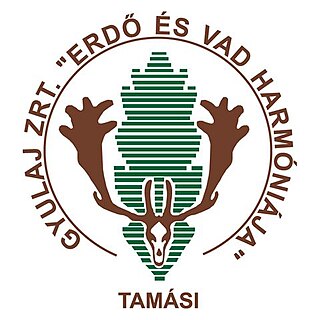
Gyulaj Forestry and Hunting Private Limited Company is one of Hungary's 22 state owned forestry and hunting companies. Its online marketing brand name is Gyulaj Hunting Hungary. Besides forest management one of its main business activities is big game management carried out in professional and traditional near- nature way. Its game management branch activities include receiving international hunting clients for purpose of hunting for local big game species. Its business premises are located in Tamási, South- West Hungary in Tolna County. Among the Hungarian state-owned forestries Gyulaj Plc is the leader by its highest rate of incomings from hunting section compared to the total annual incomings of the company. By this performance Gyulaj Forestry and Hunting Plc is a key player of the Hungarian big games management and hunting. Its legal predecessors and different hunting grounds look back at a rich hunting history and performance: a heritage that has been kept alive until today. Gyulaj Forestry and Hunting Plc has been operating in the legal form of a private limited company since November 3, 2005. With its center in Tamási it presently does forest management on nearly 23,500 hectares state forestland and quality game management on nearly 30,000 hectares in South-West Hungary.

Saja-Besaya Natural Park is Cantabrias largest natural park on the northern slope of the Cantabrian Mountains in West Central Cantabria, Spain. Its hunting reserve is approximately 1800km², the largest and most important in Spain.
Australia has a population of about 25 million, with the Commonwealth Government's 2019 survey estimating there are 640,000 recreational hunters in the country. There are around 5.8 million legally owned guns in Australia, ranging from airguns to single-shot, bolt-action, pump-action, lever-action or semi-automatic firearms.
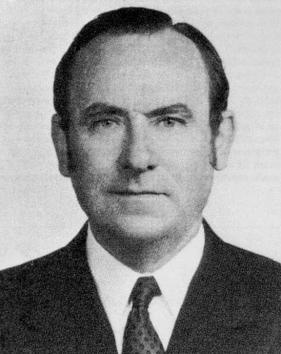
Alfonso de Urquijo y Landecho was a Spanish professional hunter, writer and banker. Following his success as an international hunter, he was appointed President of the International Council for Game and Wildlife Conservation in 1981. He was a younger brother of Luis de Urquijo, who was President of Real Madrid from 1926 to 1930.

The Junta Nacional de Homologación de Trofeos de Caza is the governing body for the control and assessment of trophy hunting in Spain, a branch of the Ministry of Agriculture. It was founded in 1950 and first presided by Eduardo de Figueroa, 8th Count of Yebes. Since 1999, the President is Alonso Álvarez de Toledo, 12th Marquess of Valdueza, who has also served as vice-president of the International Council for Game and Wildlife Conservation and was the head of the Spanish delegation.
Luis Morenés y de Arteaga, 15th Count of Villada, GE was a Spanish nobleman and professional hunter.
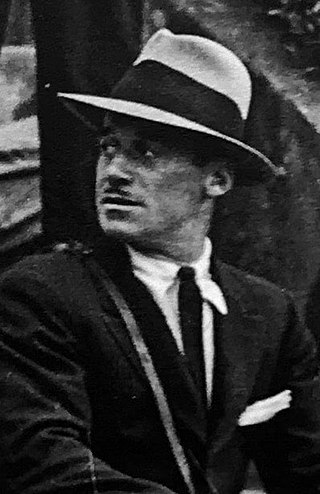
Eduardo de Figueroa y Alonso-Martínez, 8th Count of Yebes was a Spanish aristocrat, architect, politician and writer. He was a member of parliament for Barbastro, fellow of the Real Academia de Bellas Artes de San Fernando and president of the National Board of Trophy Hunting Homologation.
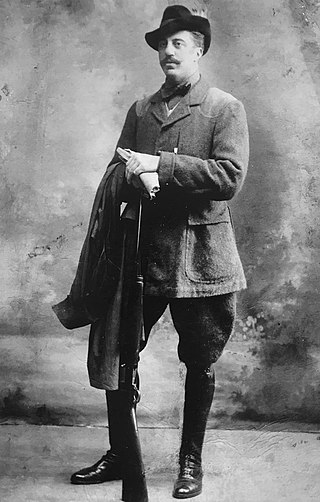
Pedro José Pidal y Bernaldo de Quirós, 1st Marquess of Villaviciosa de Asturias, MP was a Spanish peer, politician, mountaineer, writer, famed hunter and Olympic medalist. A visionary in the field of conservationism, he engineered the creation of Picos de Europa National Park in 1918 and was the first person to reach the summit of Naranjo de Bulnes, in 1904.

A montería is an ancient type of driven hunt endemic to Spain. It involves the tracking, chase and killing of big-game, typically red deer, wild boar, fallow deer and mouflon. A number of "rehalas" along with their respective "rehaleros" will stir up an area of forest with the aim of forcing the game to move around and into the shooting pegs, where hunters will be able to fire.





















